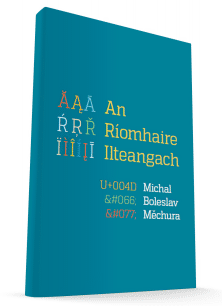Chapter 14: Multilingualism on the Internet II
The previous chapter dealt with the technical choices and the infrastructure the Internet provides to serve the language-related requirements of website users and builders. In this chapter we will discuss how to make the best use of these facilities. The chapter is intended mainly for management-level people who are planning a bilingual or multilingual website.
Multilingualism on the Internet has been receiving increasing amounts of attention in the last decade or so. There are several reasons for this. The percentage of monolingual English-speaking Internet users has been going down in favour of a more multilingual population composed dominantly of people who may or may not speak English but, even if they do, English is not their first or preferred language. At the same time, websites are now so widespread that they have become the default medium of public communication. Somebody looking for some information from a business or from a government organization is now more likely to hit their website than pick up the telephone or write an e-mail. And all these people expect to be served in their preferred languages, especially when interacting with government websites funded by tax money. For this reason, this chapter will concentrate mainly on websites in the public sector rather than commercial.
You can read the chapter in Irish in the printed book »
Chapter contents
- Two kinds of multilingual websites
- Obligation and demand
- Are we legally obliged?
- Are we up for it?
- Will there be demand for it?
- Do we want to do it?
- Language offer
- Content gaps
